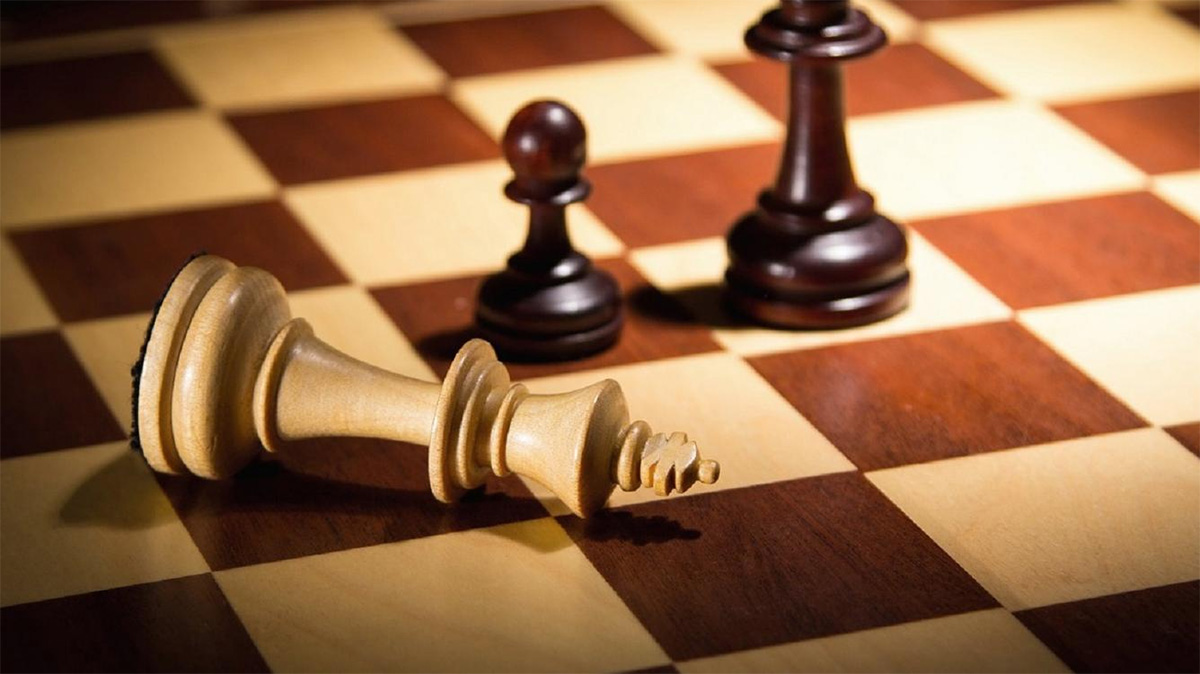introduction
Chess, with its intricate strategies and multifaceted layers, culminates in the endgame. It’s the phase where subtle patterns emerge, determining the fate of the game. Let’s delve into some key endgame patterns that can elevate your understanding and prowess in this critical phase of chess.
1. The Lucena Position: Masterstroke of Rook and Pawn
The Lucena Position stands as a pinnacle in rook endgames. Understanding this pattern is crucial for converting an advantage into a win. It involves trapping the opponent’s king and creating a bridge to promote a pawn, leading to an inevitable victory.
2. Zugzwang: The Compelling Force
Zugzwang, a German term translating to “compulsion to move,” is a powerful pattern in the endgame. It occurs when any move a player makes worsens their position. Utilizing zugzwang can force your opponent into making unfavorable moves, leading to a significant advantage or even a win.
3. Opposition: Kingly Confrontation
Opposition is a fundamental concept in king and pawn endgames. It involves directly facing the opponent’s king, controlling key squares, and gaining ground. Mastering opposition can lead to a decisive advantage by outmaneuvering the opponent’s king.
4. Philidor Position: Defensive Brilliance
The Philidor Position is a defensive masterpiece in rook endgames, enabling the defending side to achieve a draw or even turn the tables into a winning position from seemingly dire circumstances. Understanding this defensive setup is crucial for defending inferior positions.
5. Two Knights vs. Pawn: Precision in Complexity
The endgame with two knights against a pawn is intricate. Knowing the precise maneuvers to either win or draw this position requires understanding the delicate dance of the knights, restraining the pawn’s advancement, and utilizing tactics to reach a favorable outcome.
6. Anastasia's Mate: Elegant Checkmate Patterns
Anastasia’s Mate is a beautiful checkmate pattern that often arises in queen and knight endgames. Recognizing this pattern can lead to an exquisite victory by utilizing the knight’s unique movement to deliver a checkmate.
Understanding these endgame patterns is not merely about memorization but about recognizing their applicability in different scenarios. These patterns transcend specific positions, providing insights into the fundamental principles governing chess endgames.
In conclusion, mastering endgame patterns is a gateway to unraveling the mysteries of the final phase of a chess game. Studying and internalizing these patterns not only sharpens tactical skills but also fosters a deeper understanding of strategic concepts.
To further explore these endgame patterns and elevate your chess skills, consider studying famous games, practicing endgame puzzles, and analyzing these patterns in various scenarios.
Remember, the road to mastery in chess is paved with continuous learning, practice, and the keen ability to recognize and apply these patterns in your games.
If you are interested in learning more about Summit School of Chess, please visit our website at https://summitschoolofchess.com/.
Learn more @ Chess School
Special Chess Lessons for Beginners
Chess Tournaments for Kids, Chess Tournaments Near Me
Chess Camps

